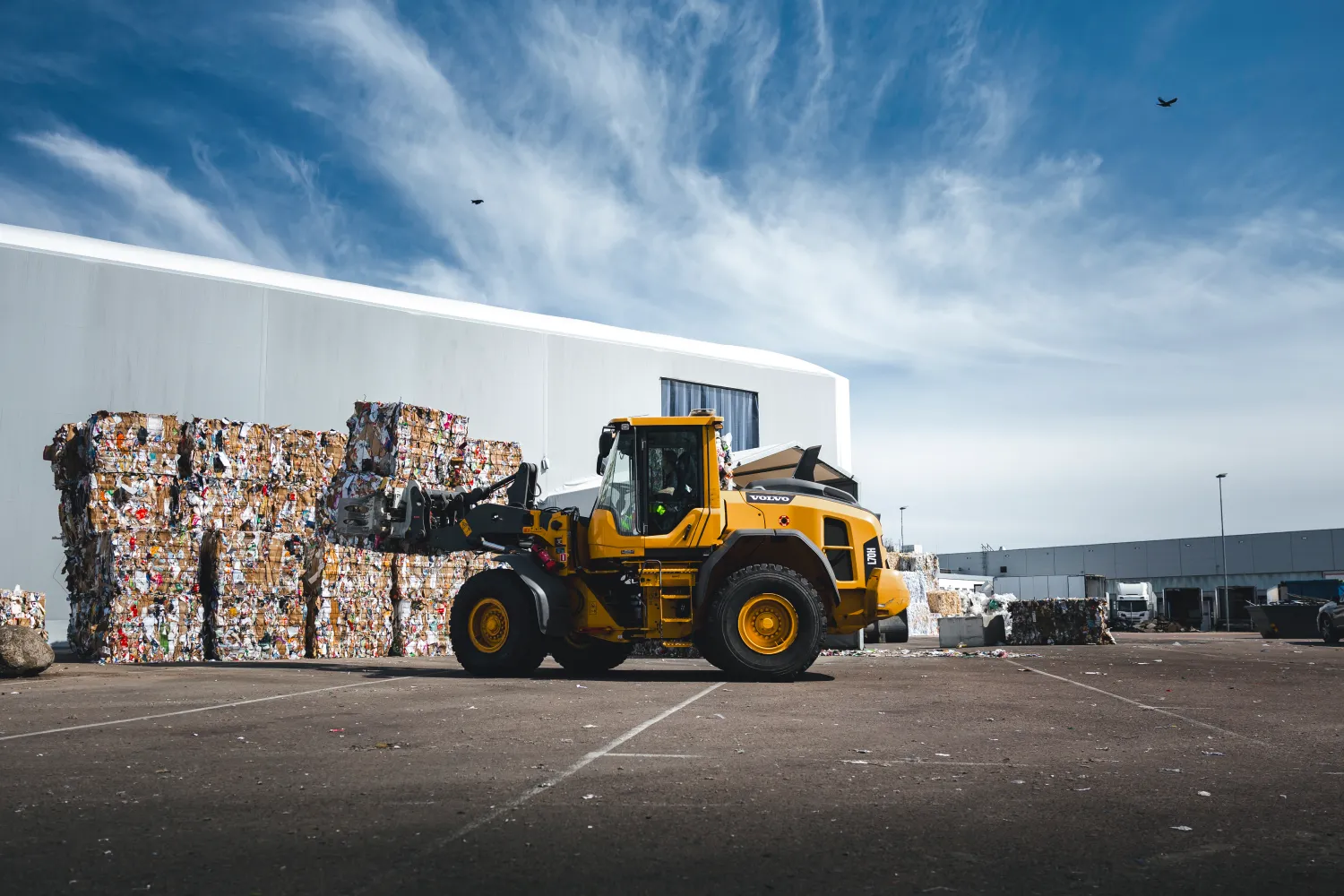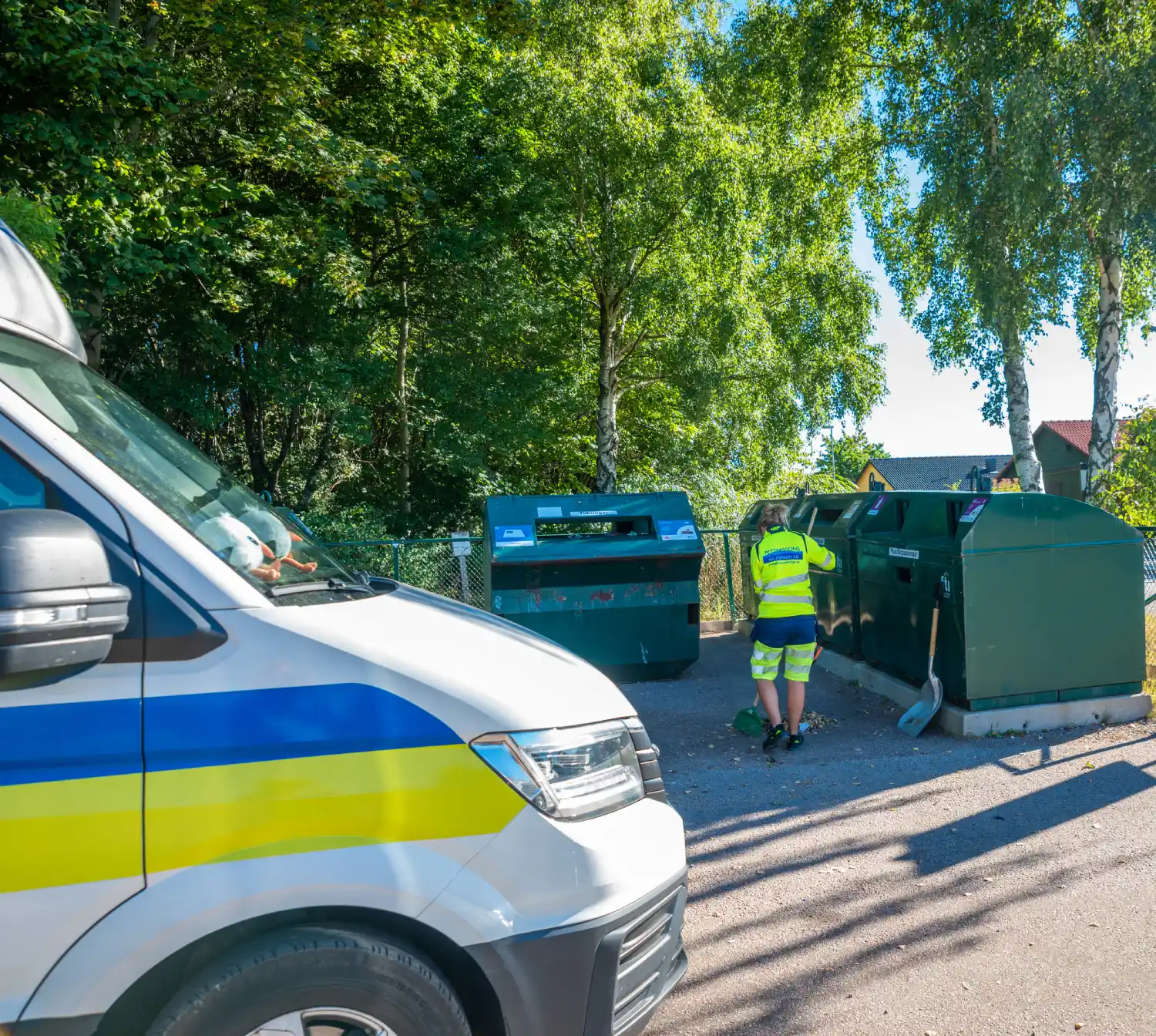Efficient Collection and Recycling of Packaging Across All Municipalities
Efficient Collection and Recycling of Packaging Across All Municipalities
Blog Article
Recycling in some sort of filled up with diverse presentation products creates equally possibilities and challenges. Nowadays, customers and organizations alike demand more sustainable practices while governments gradually apply stricter rules for spend management. However, the difficulty of handling varied presentation resources indicates approaching unique recycling requirements for every single type. This article takes a sooner look at the current traits, issues, and answers in making powerful Recycling (Återvinning) programs for diverse presentation materials.
The Complexity of Various Presentation Components
Presentation resources came a considerable ways from simple cardboard boxes. Today, they contain parts, glass, steel, paperboard, and multi-layered composites, among others. Every type comes using its unique group of recycling requirements. For instance:
Plastic: While plastic is light and durable, its different types (like PET, HDPE, LDPE, and PVC) often involve split series and processing methods. Mismanagement may lead to contamination and inefficiencies in recycling streams.

Steel: Aluminum and tin drinks stay highly recyclable, but not without proper selecting in order to avoid contamination with non-recyclable metallic items.
Glass: Recycling glass needs segregation by color and unique facilities to prevent problems like fragmentation or contamination with ceramics.
Paperboard: Solid, lined paperboard packaging is recyclable oftentimes, however the major use of adhesives or laminates may possibly prevent the process.
Multi-layer Appearance: This category creates probably the most substantial problem as it often includes products impossible to split up, such as for instance aluminum and plastic layers in treat packaging.
With the worldwide economy producing over 350 million tons of plastic annually, and packaging responsible for nearly 40% of their usage, handling this difficulty is critical to achieving higher recycling rates.
Limitations in Tailoring Recycling Methods
One of many greatest challenges in recycling applications is contamination, particularly when diverse components are disposed of together. As an example, when food residue sticks to recycled materials or damaged glass mixes with report, the performance of recycling procedures falls significantly. Deficiencies in standardized labeling techniques also confuses customers and effects in incorrect spend sorting.
Moreover, fragmented infrastructure plays a part in the issue. Some municipalities lack features to method complicated products like multi-layer appearance or certain plastics, making recycling impractical for these items.
Towards a Rounded Economy with Tailored Alternatives
Developing an effective recycling program to deal with various presentation resources requires invention and collaboration. Governments, firms, and customers need to work in positioning:
Government Initiatives: Implementing Lengthy Producer Obligation (EPR) procedures can encourage makers to create presentation that is more straightforward to recycle.

Innovative Systems: Chemical recycling practices, like depolymerization for pockets, may break down hard-to-recycle materials for greater healing rates.
Client Education: Selling clean recycling behaviors and apparent labeling can significantly lower contamination in recycling streams.
Investments in modernizing waste administration infrastructure will play an essential role, along with continuing study into biodegradable and reusable presentation solutions.
A Journey Ahead
The range in presentation components may be a challenge, but inaddition it presents a way to improve recycling methods and techniques. A combination of scientific advancements, regulatory procedures, and consumer awareness can get the move to a far more sustainable, rounded economy. Addressing the initial recycling needs of diverse products is no further a choice but absolutely essential to fight resource depletion and defend the planet. By tackling these issues logically, international areas can ensure long-term environmental viability.
Report this page